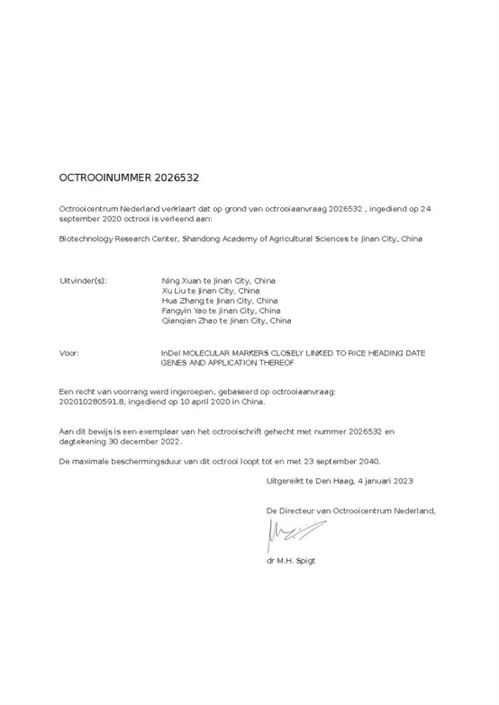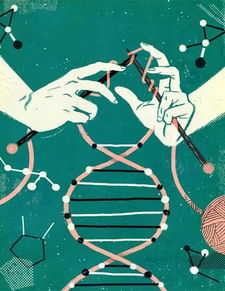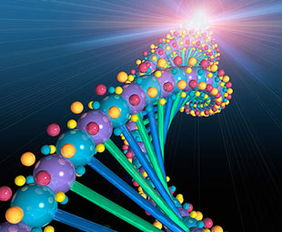Linked Genes Definition
Understanding the concept of linked genes is crucial in genetics, as it explains how certain traits are inherited together. Linked genes are those that are located on the same chromosome and tend to be inherited together more frequently than independently. This article delves into the definition, significance, and implications of linked genes, providing a comprehensive overview of this fascinating aspect of genetics.
What Are Linked Genes?

Linked genes are those that are physically close to each other on the same chromosome. This proximity makes it more likely for them to be inherited together during the process of meiosis. Unlike independently assorting genes, which segregate independently during meiosis, linked genes tend to remain together, leading to a phenomenon known as genetic linkage.
Genetic linkage is the tendency of genes that are close together on a chromosome to be inherited together. This phenomenon is due to the fact that during meiosis, homologous chromosomes can only exchange genetic material at specific points called crossover sites. If two genes are close together, the likelihood of a crossover occurring between them is reduced, resulting in a higher chance of them being inherited together.
Significance of Linked Genes

Linked genes play a crucial role in genetics for several reasons. Here are some of the key significance of linked genes:
-
Understanding Genetic Disorders: Linked genes are often associated with genetic disorders. By studying the linkage of these genes, scientists can gain insights into the inheritance patterns of these disorders and develop better diagnostic and treatment strategies.
-
Genetic Mapping: Linked genes are used to create genetic maps, which provide information about the relative positions of genes on a chromosome. This information is essential for understanding the organization of chromosomes and the structure of the genome.
-
Genetic Counseling: Linked genes are important for genetic counseling, as they help in predicting the likelihood of a child inheriting a particular trait or disorder.
-
Genetic Engineering: Linked genes are used in genetic engineering to manipulate the inheritance of specific traits in organisms. This has applications in agriculture, medicine, and other fields.
Types of Linkage

There are two main types of linkage: complete linkage and incomplete linkage.
Complete Linkage
In complete linkage, the genes are so close together that they are never separated during meiosis. This means that the two genes are always inherited together, and there is no possibility of recombination between them. Complete linkage is rare in nature, as it would lead to a loss of genetic diversity.
Incomplete Linkage
In incomplete linkage, the genes are not as close together, and there is a possibility of recombination occurring between them during meiosis. This results in the production of new combinations of alleles, which can lead to genetic diversity. Incomplete linkage is more common in nature and is responsible for the majority of genetic variation.
Methods for Studying Linked Genes
Several methods are used to study linked genes, including:
-
Genetic Mapping: Genetic mapping involves determining the relative positions of genes on a chromosome. This can be done using various techniques, such as linkage analysis and physical mapping.
-
Recombination Analysis: Recombination analysis involves studying the frequency of recombination events between linked genes. This can provide insights into the distance between the genes and their degree of linkage.
-
Genetic Crosses: Genetic crosses involve mating individuals with known genotypes to determine the inheritance patterns of linked genes.
Conclusion
Linked genes are an essential aspect of genetics, providing insights into the inheritance of traits and disorders. By understanding the concept of linked genes, scientists can develop better diagnostic and treatment strategies, as well as manipulate the inheritance of specific traits in organisms. As our understanding of linked genes continues to grow, their significance in various fields of science and medicine will only increase.
| Method | Description |
|---|---|
| Genetic Mapping | Determining the relative positions of genes on a chromosome |
| Recombination Analysis | Studying the frequency of recombination events between linked genes |
| Genetic Crosses |

















